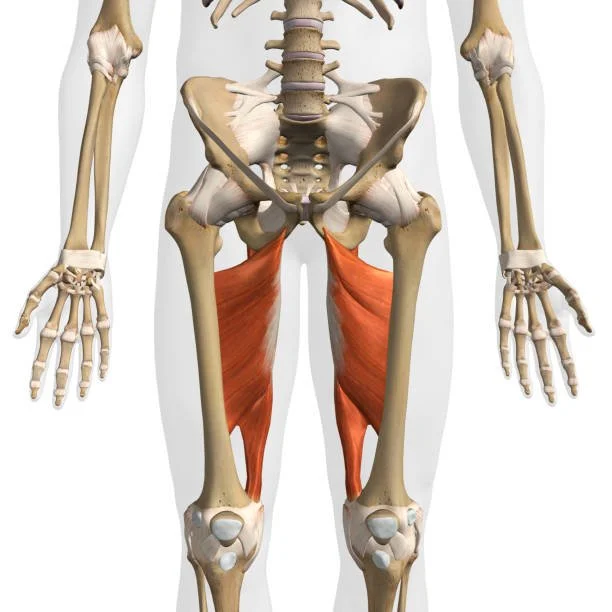The most negelcted muscle, why and how to train it
The adductors go along the inner part of the thigh, and contribute to pulling the leg in towards the midline, rotating the foot inwards, stabilizing the pelvis, and extending the hip. Training your adductors is crucial for sports performance and overall health.
Why should you Train them?
The adductor magnus is responsible for: Adducting (bringing together) the thighs, Extending the hip, Medially rotating the thigh, and Stabilizing the hip joint.
Improved Health and Athletic Performance
The adductors act as a pelvis stabilizer, so when you’re under that heavy bar performing a squat, or pulling off the ground in a deadlift the adductors is helping keep your pelvis locked in the appropriate position to prevent pain. Additionally, assume your an athlete, having the ability during a side shuffle to apply and absorb more force laterally is an incredible ability to have for an athlete, especially those in multidirectional sports such as football, lacrosse, soccer, squash, and tennis to name a few.
better Hip Extension
Hip extension, the adductors, specifically the adductors magnus is a heavy contributor to the extension of the hips as it wraps around the femur posteriorly. By training up the adductors, it could potentially help take some of the load off of your low back, and increase the strength of your pulls.
Where to start and how to progress
This will vary person to person based off previous resistance training experience, and athletic ability. I find a good place to start is first building up strength endurance in the obliques, and adductors in a more stable position, such as from a side plank on the ground. Perform a side plank either from the knees or the feet, to start then progressing to a side plank while squeezing a foam roller between the legs will give you a good starting point. Here's what the full progression would look like:
Side Plank with Foam Roller Squeeze: Perform a side plank from the knees with a foam roller between the legs. Squeeze the foam roller as hard as you can.
Adductor Plank from the Floor: Perform a side plank from the ground with only the top leg contacting the ground and the bottom off the ground, focus on keeping a slight bend in the knee. You should be trying to lift your body up by keeping tension in your obliques, and pulling your hips up with your adductors.
Copenhagen Plank from the knee on a box: Set up with the right arm on the ground, and your left knee on top of a bench. Lift yourself up by contracting your adductors. This limits the lever arm, allowing you to accumulate time in the position. Aim to build up to 60 seconds per side.
Copenhagen Plank from the foot on the bench: Set up with te right arm on the ground, and your left foot on top of a bench. Lift yourself up by contracting your adductors on both legs. Keep the core tight.
Copenhagen Side Bend from the knee: Combine a normal Copenhagen plank with a side bend to build endurance and work on eccentric and concentric loading. Focus on dropping the hips down, while not allowing the leg to touch the ground then return to the starting position.
Copenhagen Side Bend with your foot on a box: The final progression for increased challenge. Get set up in a Copenhagen plank with your foot on a bench and drop your hips down then return to the starting position.
These progressions towards building strong adductors, and improving performance in the gym and outside. These are not the only adductor exercise you should do, an adductor machine, and lateral squats have a place within a program too. It should be noted, training your adductors won’t directly increase your deadlift, squat, or sprinting speeds they will however give you the ability to tolerate more training volume and better stabilize the hips which in turn will allow cleaner reps, which will in turn lead to heavier lifts.
